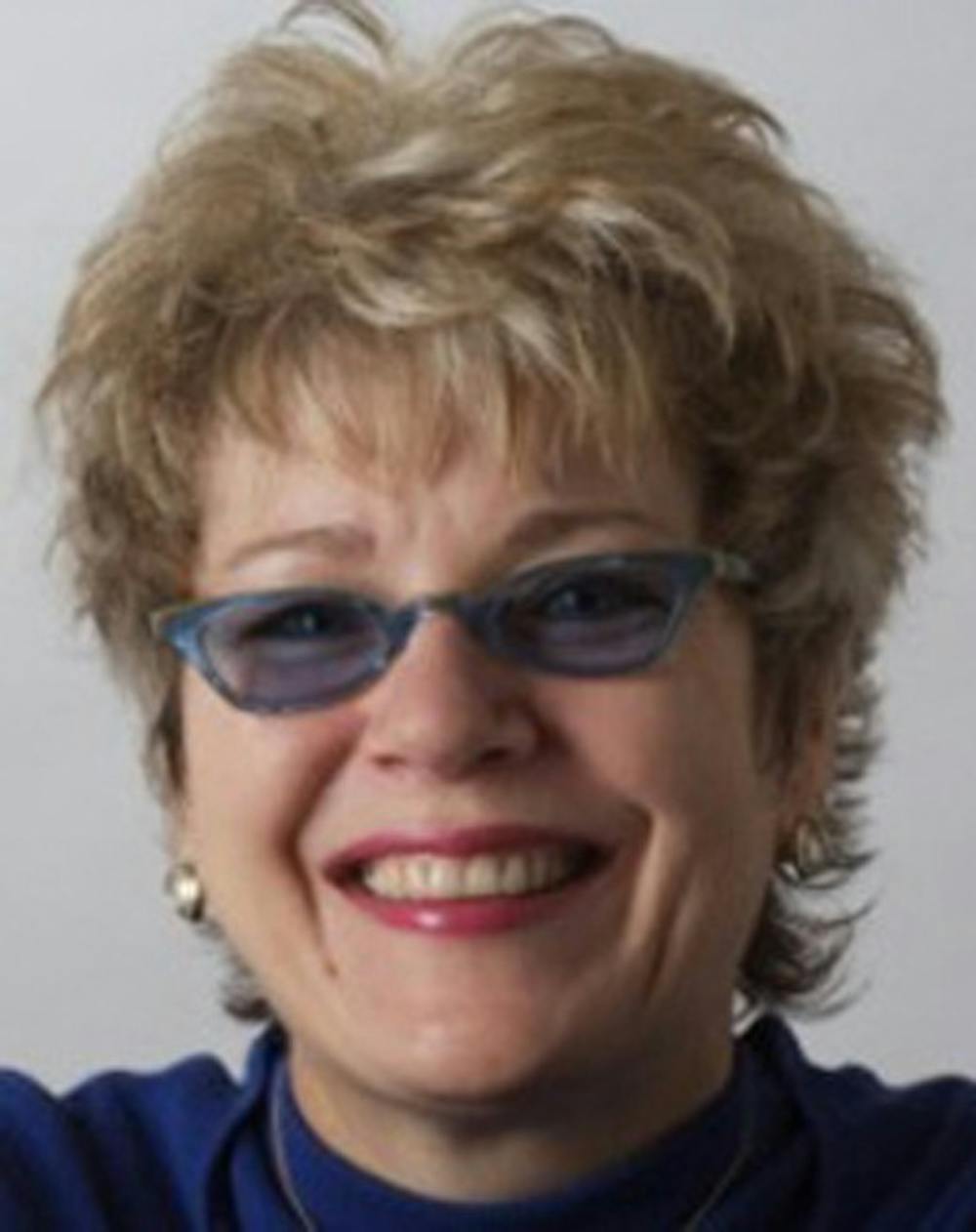EHS down $1 million from last year, officials still optimistic
This is the second story in a series that will outline the impacts of low enrollment and the budget deficit on each of CMU’s academic colleges.
The College of Education and Human Services' operating budget has been slashed by $1 million when compared to the 2012-13 academic school year.
Despite the deficit, largely the result of a projected 5-7 percent drop in on-campus undergraduate enrollment, college officials are optimistic about what the upcoming school year will hold.
EHS Coordinator of Business Services Nel Boose said the college has been anticipating this decline in enrollment and has adjusted its budget accordingly.
"Overall, the (EHS) is down roughly 1,000 credit hours of student enrollment from last fall," Boose said. "Our on-campus fall student credit hour numbers however are actually maintaining, if not exceeding, our projections for this fall."
EHS Dean Dale-Elizabeth Pehrsson said these numbers only include on-campus enrollment. When off-campus enrollment is taken into account, the college has exceeded its enrollment projection.
"Our college is the largest producer of off-campus student credit hours," she said. "When we combine on and off-campus enrollment, we are actually exceeding our projections by about 400 credit hours."
Boose said the college has known for years that student enrollment has been on the decline, and said projection formulas and strategic plannings have helped prepare the college for the loss in revenue.
"We've done a good job and have been really careful in spending our money as a college," Pehrsson said. "We've known for years that things such as the birth rate and high school graduation class sizes in Michigan have been on a downhill slope. We've been careful, and now feel that we are in a good spot."
Pehrsson said any decision involving the college's operational budget is always going to be focused around the student.
"We look at things such as international experiences and find ways to invest in the most efficient way possible," Boose said. "We have to continue making investments in areas that are going to maintain the quality of education for our students."
In the past year, the EHS has spent roughly $900,000 in capital improvements toward the college, including updating study lounges with new furniture, as well as investments made in the college's international programs.
Boose said funding for these investments come directly from discretionary funds, which are created from past budget surpluses, as well as private funding such as donors and state agencies. The EHS discretionary fund currently sits at $5.2 million in available funds.
"Because we've saved up money and have been very frugal with our spending, when the need for improving the quality of services students receive comes up, we can do that," Pehrsson said. "We're not overly worried, we're just cautious as we go forward."
EHS isn't the only college facing cuts. The College of Humanities and Social and Behavioral Sciences is projecting a $1.9-million budget decrease and had to cut 32 fixed-term faculty positions as a result, and the College of Communications and Fine Arts projects a $1.2-million decrease.
EHS posted 11 faculty openings in May and were able to fill all 11 positions with the top candidates that applied for each position.
"We are very excited to have brought these excellent new faculty members on board for this year," Pehrsson said. "Next year, we probably will have less positions available, but it won't affect us as much with our recent hiring of faculty members."
In an effort to recruit more students to EHS, an enrollment manager has recently been hired to advocate for the college and inform prospective students about the programs and scholarships the college offers.
"We have hired, in partnership with admissions, the first ever recruiter for the (EHS)," Boose said. "Part of what (this position) will be responsible for includes going out to high schools, community colleges and community settings to help advocate and spread awareness of the college and its programs."
Other improvements and investments to the college include the hiring of a staff writer to update the information on the college's brochures and website, a revamping of the college's website and an increased presence of social media such as Facebook and Twitter.




